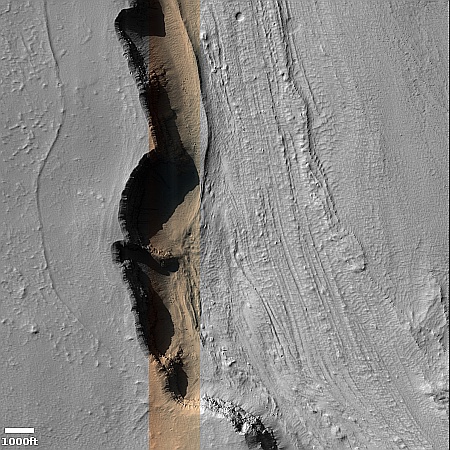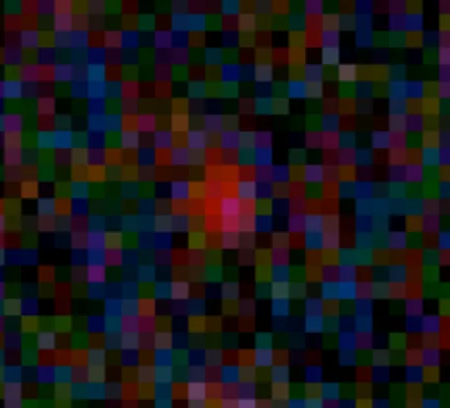New nova spotted and now visible to the naked eye
Astronomers have now spotted a brand new nova in the southern hemisphere that has quickly brightened so that is now just visible to the naked eye.
On June 12th (June 12.9 UT), the All-Sky Automated Survey for Supernovae (ASAS-SN) discovered a new 8.7-magnitude stellar object in Lupus. Not long after, Yusuke Tampo, with the South African Astronomical Observatory (University of Cape Town), obtained a spectrum of the “new star” and identified it as a classical nova based on its spectral features and dramatic increase in brightness.
The nova went through a slew of temporary names — AT 2025nlr, ASASSN-25cm, and N Lup 2025 — until receiving its official designation V462 Lupi on June 16th. Since discovery, the nova has brightened rapidly. As of 3 p.m. Eastern Time June 17th, it’s at magnitude 6.1, and visible without optical aid from a dark-sky location. Its rise has been phenomenal when you consider that prior to the explosion, the progenitor star was approximately magnitude 22.3 (in the blue band) according to American Association for Variable Stars (AAVSO) observer Sebastián Otero, who dug up an older image from a photographic plate.
Though in the southern hemisphere, this nova star is also visible in the northern hemisphere to the mid-latitudes. The article at the link provides some details if you wish to try spotting it.
Novae occur when a central heavy white dwarf star robs enough material from its closely orbiting stellar companion. When enough material piles up on the surface of the white dwarf it goes critical, resulting in a thermonuclear explosion strong enough to produce the nova.
Whether the nova will continue to brighten remains unknown, but I guarantee that a plethora of amateur astronomers will watching to find out.
Hat tip to BtB’s stringer Jay.
Astronomers have now spotted a brand new nova in the southern hemisphere that has quickly brightened so that is now just visible to the naked eye.
On June 12th (June 12.9 UT), the All-Sky Automated Survey for Supernovae (ASAS-SN) discovered a new 8.7-magnitude stellar object in Lupus. Not long after, Yusuke Tampo, with the South African Astronomical Observatory (University of Cape Town), obtained a spectrum of the “new star” and identified it as a classical nova based on its spectral features and dramatic increase in brightness.
The nova went through a slew of temporary names — AT 2025nlr, ASASSN-25cm, and N Lup 2025 — until receiving its official designation V462 Lupi on June 16th. Since discovery, the nova has brightened rapidly. As of 3 p.m. Eastern Time June 17th, it’s at magnitude 6.1, and visible without optical aid from a dark-sky location. Its rise has been phenomenal when you consider that prior to the explosion, the progenitor star was approximately magnitude 22.3 (in the blue band) according to American Association for Variable Stars (AAVSO) observer Sebastián Otero, who dug up an older image from a photographic plate.
Though in the southern hemisphere, this nova star is also visible in the northern hemisphere to the mid-latitudes. The article at the link provides some details if you wish to try spotting it.
Novae occur when a central heavy white dwarf star robs enough material from its closely orbiting stellar companion. When enough material piles up on the surface of the white dwarf it goes critical, resulting in a thermonuclear explosion strong enough to produce the nova.
Whether the nova will continue to brighten remains unknown, but I guarantee that a plethora of amateur astronomers will watching to find out.
Hat tip to BtB’s stringer Jay.






















